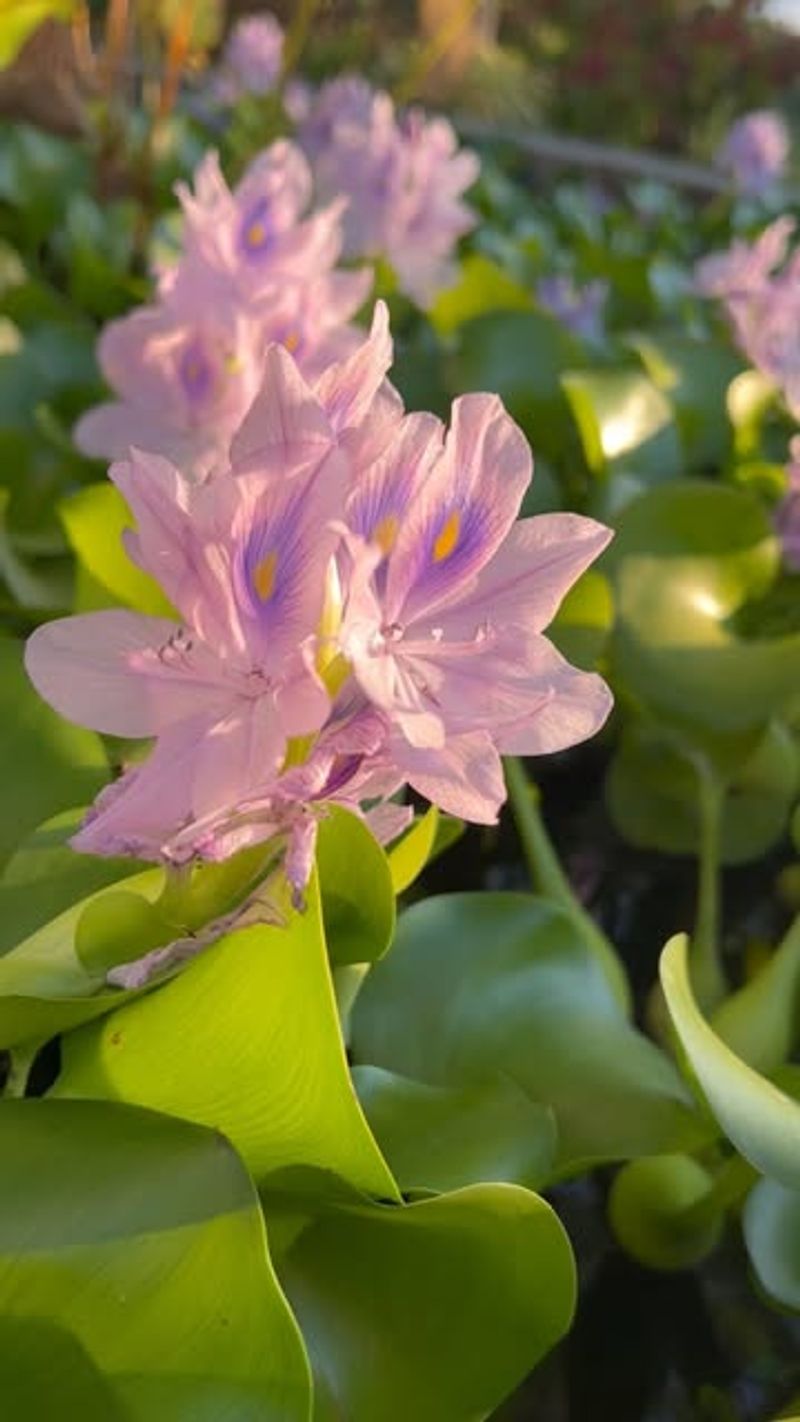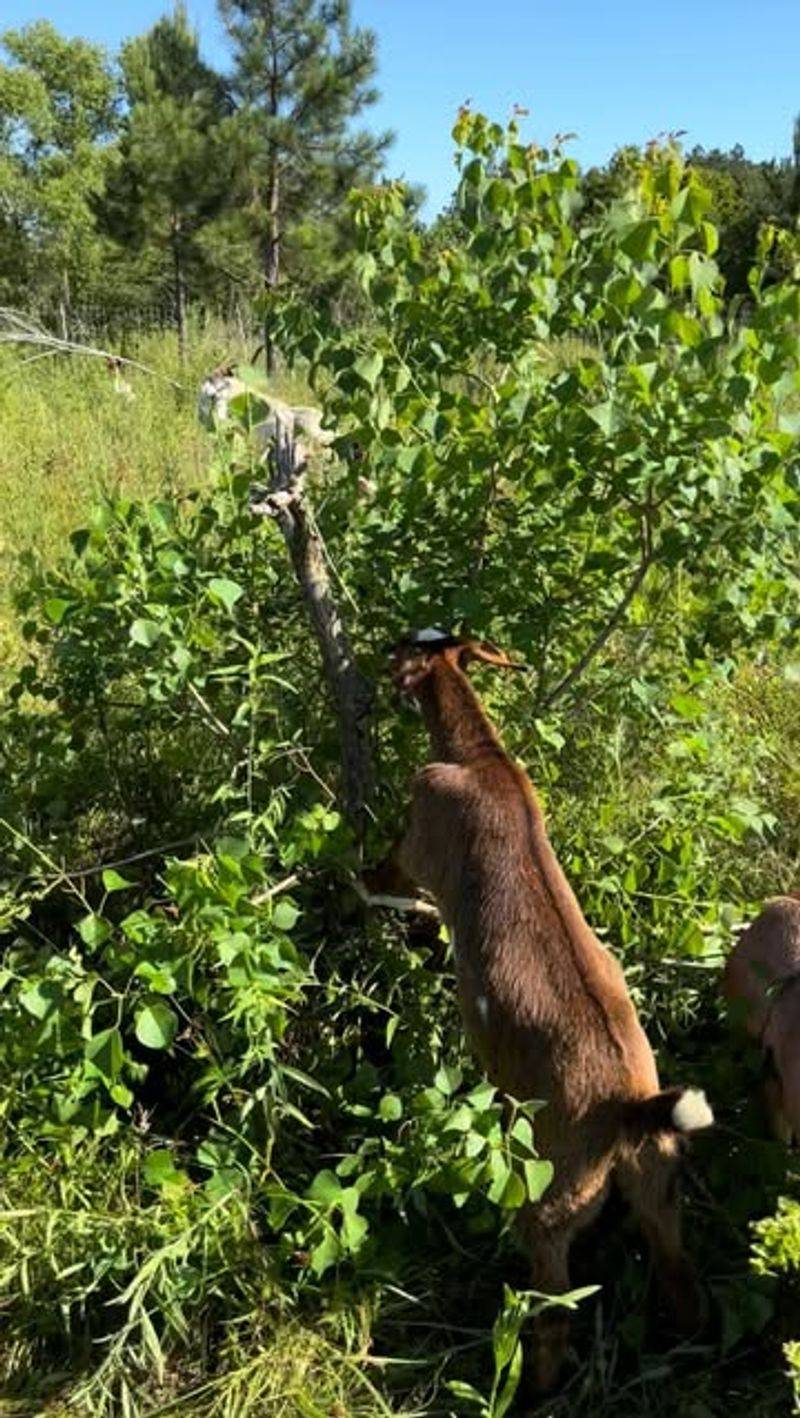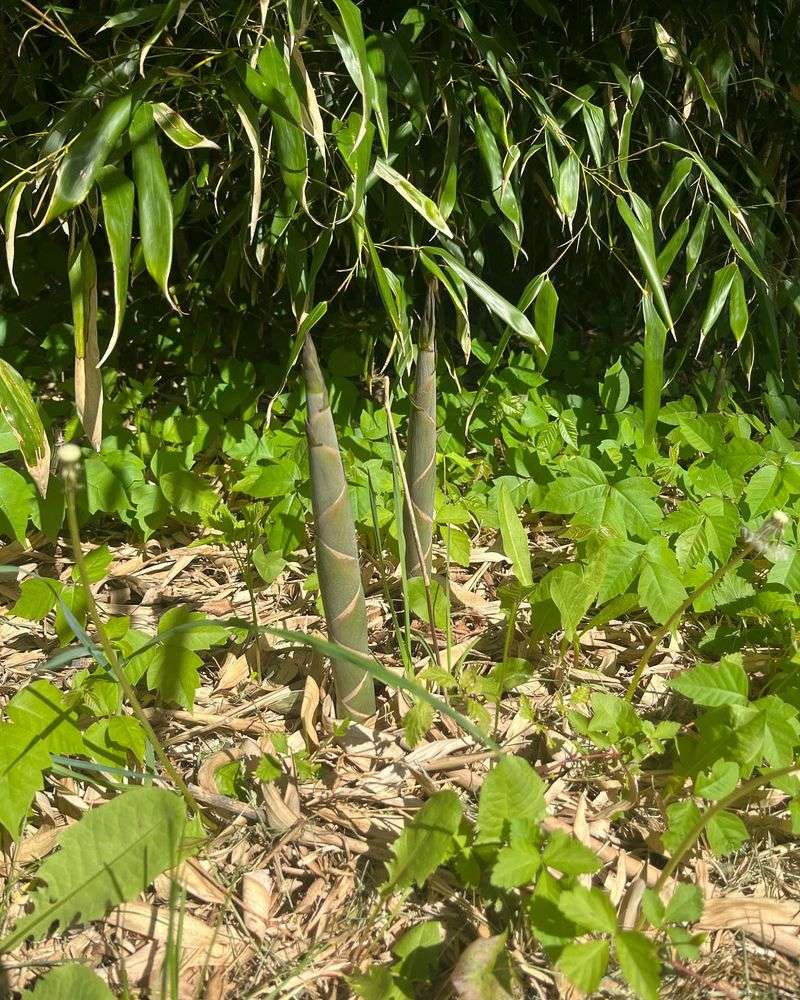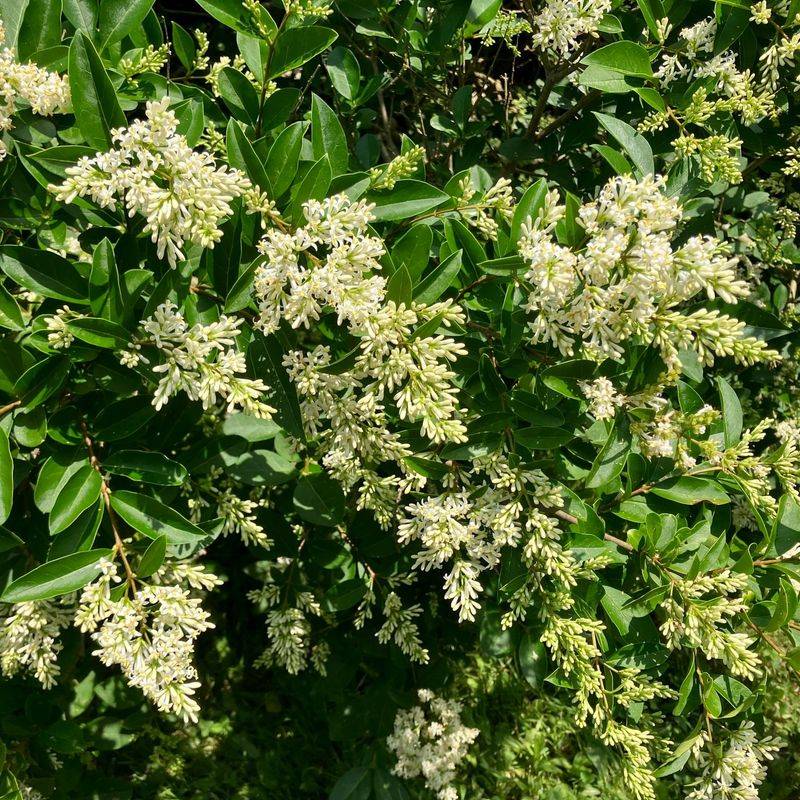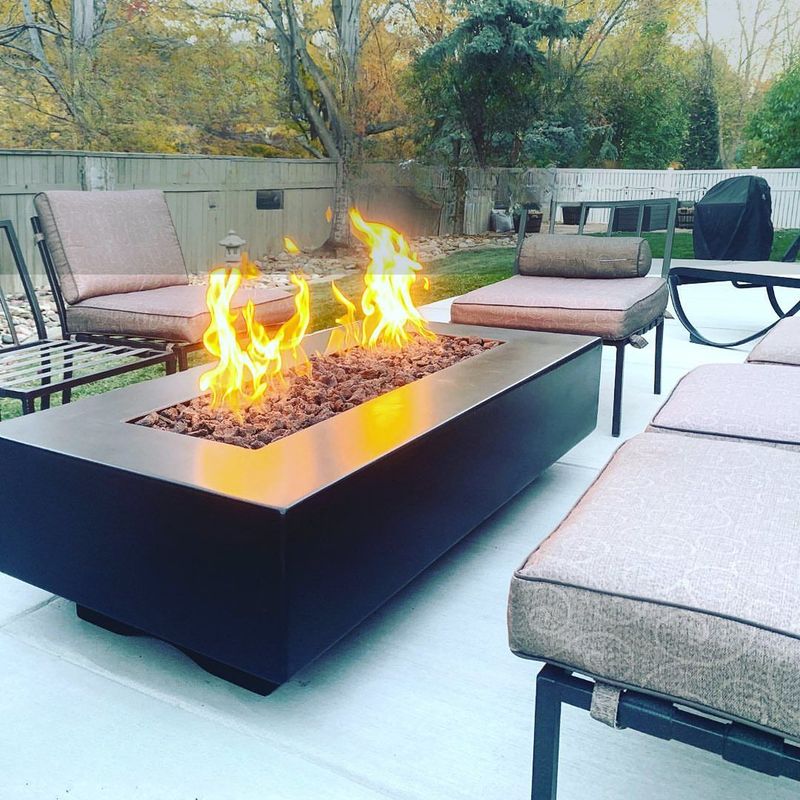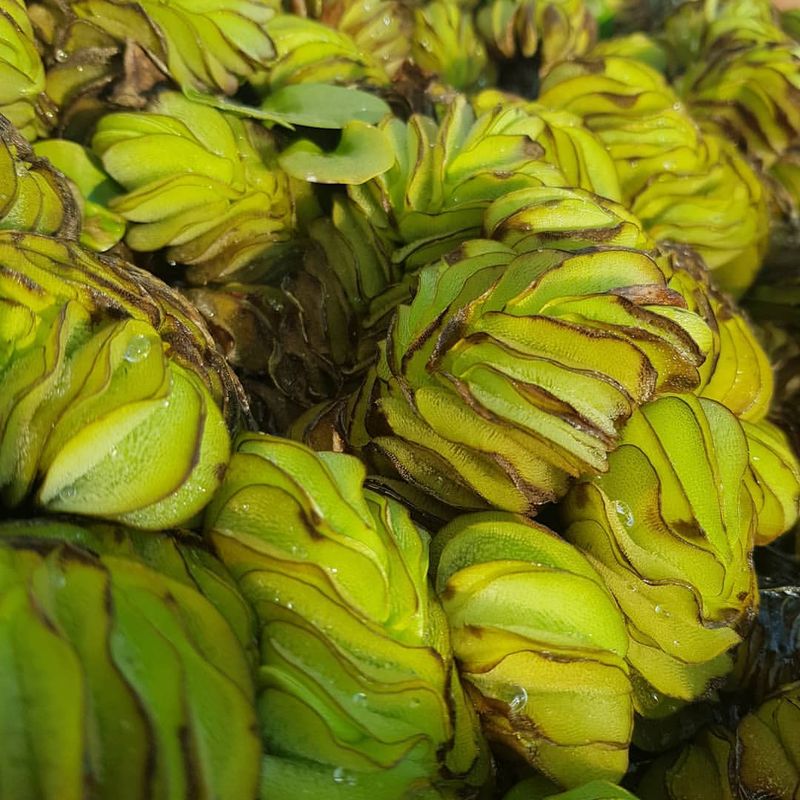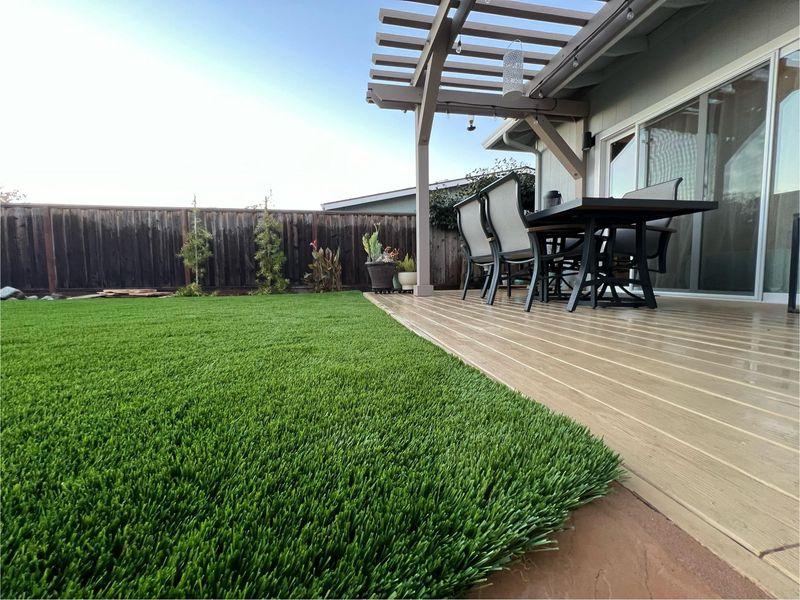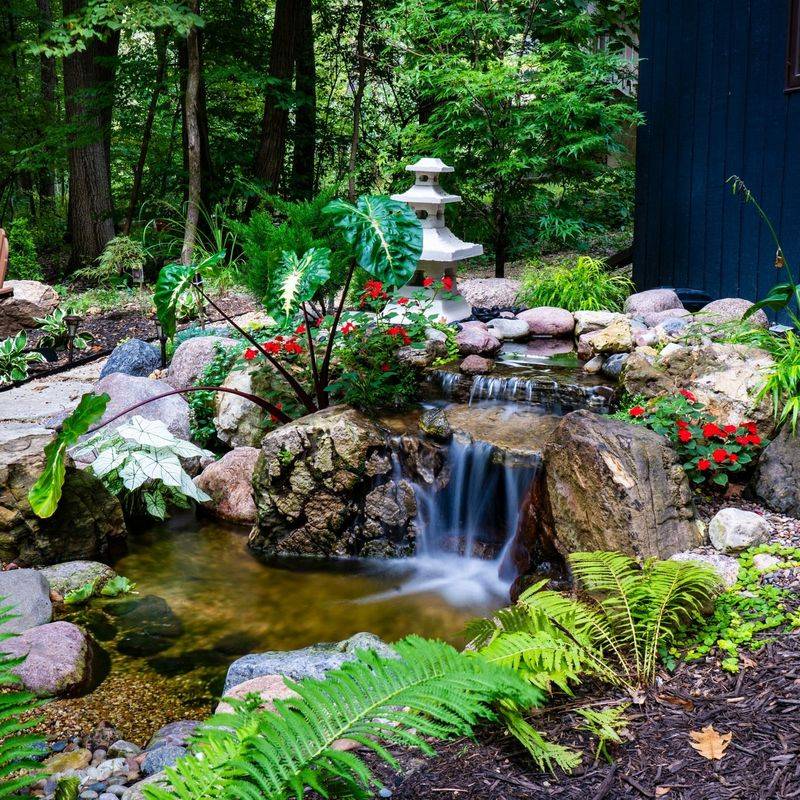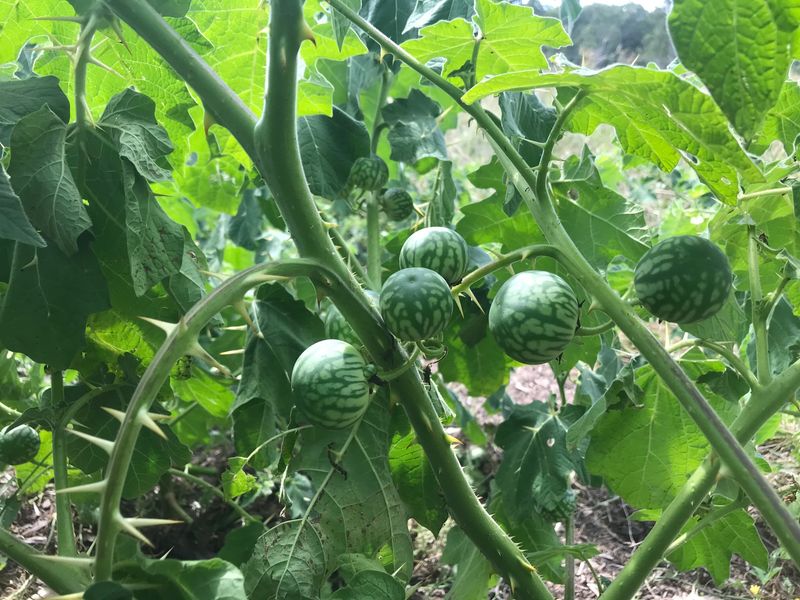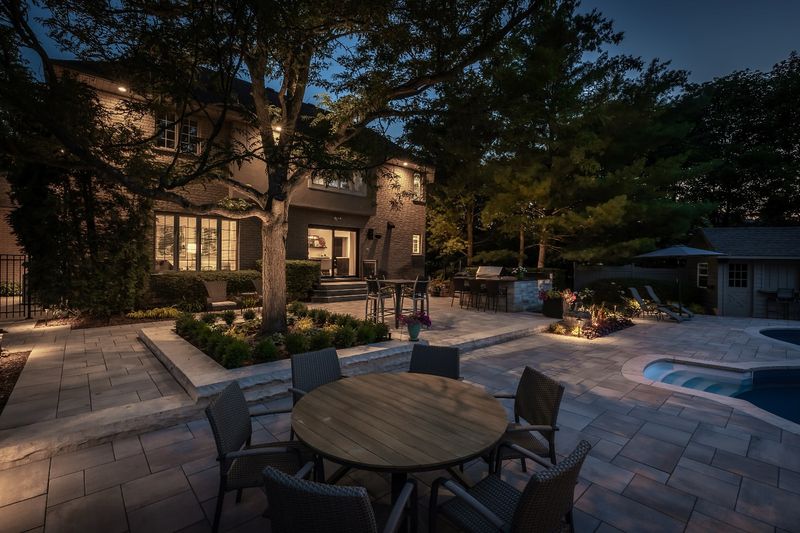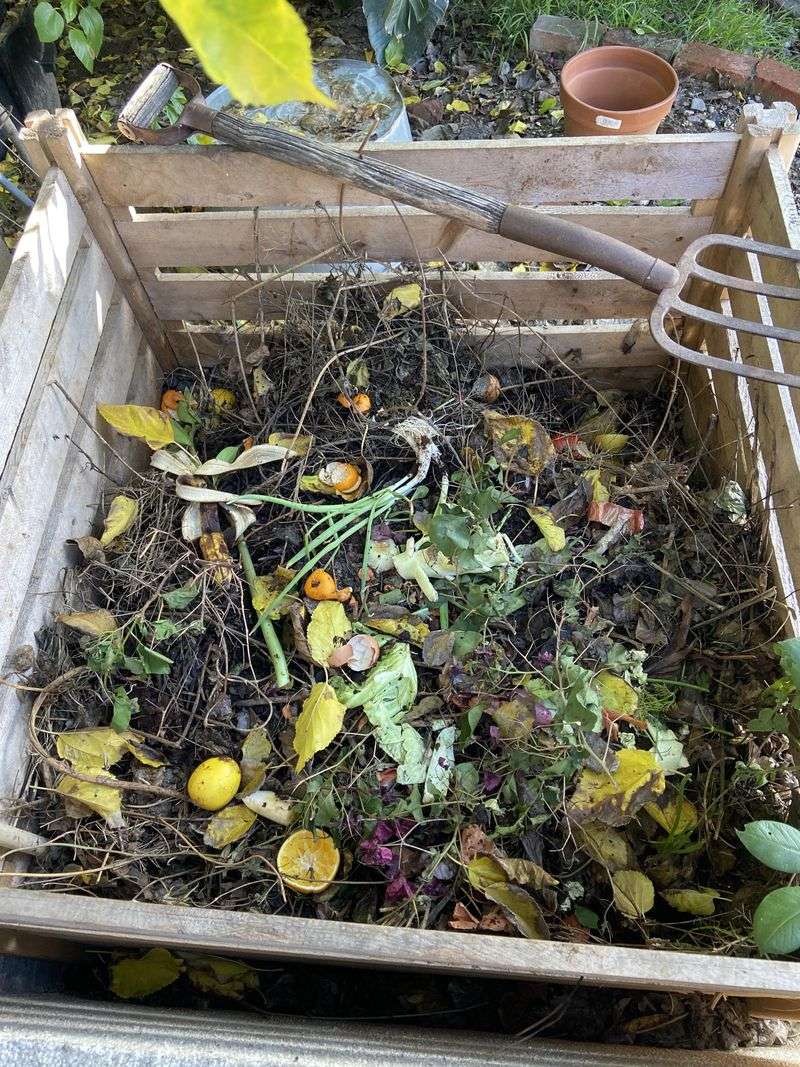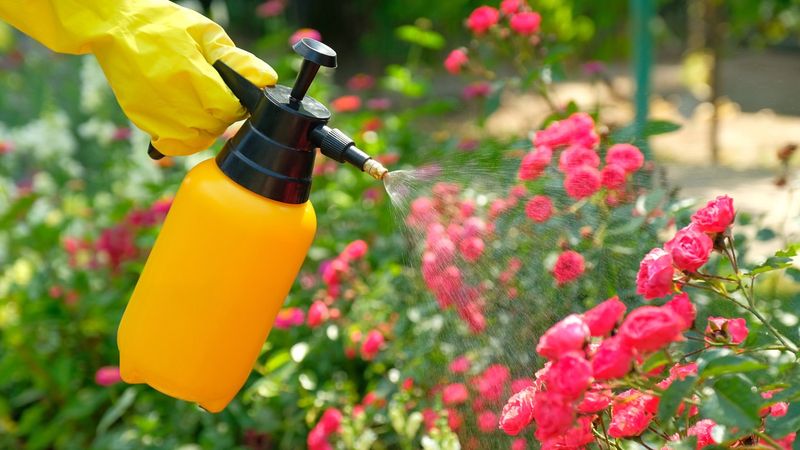That charming garden statue or favorite plant might be more than just decorative—it could be illegal in parts of Louisiana. From banned invasive species to regulated water features and fence materials, state and local laws cover more than most gardeners realize.
Before your backyard blooms into a legal headache, it’s worth knowing what could get flagged.
1. Water Hyacinth Plants
Once popular in ornamental ponds, water hyacinth is now strictly prohibited throughout Louisiana. The floating plant with lavender flowers multiplies at an alarming rate, choking waterways and disrupting native ecosystems.
Louisiana’s warm climate creates perfect conditions for this aquatic menace to spread. If you have these in your water garden, remove them immediately and dispose of them properly in sealed bags with household trash.
2. Chinese Tallow Trees
Known locally as ‘popcorn trees’ for their white seed coverings, Chinese tallow trees have jumped from garden favorite to environmental nightmare. Their rapid growth and spread have earned them a spot on Louisiana’s noxious weed list.
Property owners who knowingly maintain these trees can face fines. The trees produce thousands of seeds annually, quickly invading natural areas and pushing out native species that wildlife depends on.
3. Certain Bamboo Varieties
Running bamboo varieties create headaches for neighbors and ecosystems alike. Many Louisiana parishes have enacted ordinances against planting invasive bamboo species due to their aggressive underground rhizome systems.
A single bamboo plant can send shoots emerging dozens of feet away from the original planting. Before adding bamboo to your landscape, check local regulations and consider clumping varieties instead, which stay contained and pose fewer problems.
4. Rain Barrels in Certain Areas
Collecting rainwater seems environmentally friendly, but some Louisiana municipalities restrict or regulate rain barrel use. Standing water concerns in mosquito-prone regions have prompted these rules to prevent breeding grounds for disease-carrying insects.
If you’re using rain barrels, ensure they have proper covers and mosquito screens. Some areas require permits or limit collection capacity, so check with your parish’s environmental office before installing a rainwater harvesting system.
5. Privet Hedge Plants
The classic privacy hedge has fallen from grace in Louisiana’s environmental circles. Chinese privet spreads rapidly beyond garden boundaries, crowding out native vegetation in natural areas and forests.
Birds eat the berries and spread seeds far and wide. Many conservation organizations now recommend removing existing privet hedges and replacing them with native alternatives like wax myrtle or American holly, which provide similar privacy without the ecological damage.
6. Backyard Fire Pits
Evening gatherings around a garden fire pit might violate local ordinances in many Louisiana communities. Urban areas often have strict regulations about open flames, especially during dry periods or air quality alerts.
Some parishes require permits for permanent fire features, while others ban them outright. Before installing that cozy fire pit, check with your local fire department about restrictions. Gas-powered alternatives with automatic shutoffs typically face fewer restrictions than wood-burning options.
7. Giant Salvinia
Aquarium and water garden enthusiasts beware – giant salvinia is absolutely prohibited in Louisiana. This floating fern creates dense mats that block sunlight and oxygen from reaching underwater ecosystems.
The plant doubles in size every few days under ideal conditions. If you spot this in any water feature, report it immediately to the Department of Wildlife and Fisheries. Penalties for knowingly possessing or transporting this plant can be severe.
8. Certain Fertilizer Formulations
Phosphorus-heavy fertilizers face restrictions in parts of Louisiana, particularly near waterways and in parishes with water quality concerns. These products contribute to harmful algal blooms that deplete oxygen and kill fish.
Many retailers have removed high-phosphorus options from shelves. When shopping for lawn and garden fertilizers, look for “phosphorus-free” on the label or check the middle number in the NPK ratio – it should be zero for compliant products in restricted areas.
9. Artificial Turf in Historic Districts
The convenience of no-mow artificial grass hits a roadblock in Louisiana’s historic districts. Many preservation commissions prohibit synthetic turf in front yards to maintain authentic neighborhood character.
Homeowners have faced removal orders and fines after installing artificial lawns without proper approval. If your property falls within a historic designation, consult with your local historic district commission before making any visible landscape changes, especially those involving modern materials.
10. Cogongrass
Sometimes mistakenly sold as ornamental grass, cogongrass has earned federal noxious weed status. This aggressive invader forms dense colonies that displace native plants and create intense fire hazards.
The silvery plumes might look attractive, but this plant is illegal to possess or transport in Louisiana. Garden centers should not sell it, but online purchases sometimes slip through regulatory cracks. If you discover this in your garden, contact agricultural extension offices for proper removal protocols.
11. Certain Water Features
Large garden ponds or water features may require permits in many Louisiana parishes. Concerns about mosquito breeding, groundwater impacts, and potential flooding during heavy rains have led to restrictions.
Water features exceeding specific dimensions – often anything deeper than 18 inches or larger than 150 square feet – typically need regulatory approval. Additionally, some homeowner associations have their own rules limiting water feature size and style regardless of parish regulations.
12. Tropical Soda Apple
Gardeners attracted to unusual plants should avoid tropical soda apple at all costs. This thorny nightshade relative with marble-sized yellow fruits is completely banned in Louisiana.
The plant spreads rapidly through wildlife that eat the fruits and deposit seeds elsewhere. Agricultural authorities actively eradicate this species when found. If you spot its distinctive white flowers and spiny stems, report it to the Department of Agriculture immediately.
13. Excessive Garden Lighting
Bright landscape lighting might seem harmless, but many Louisiana communities have enacted dark sky ordinances limiting outdoor illumination. These rules protect wildlife, particularly along coastal areas where lights disorient nesting sea turtles and migratory birds.
Violations can result in nuisance citations and mandatory lighting modifications. When installing garden lighting, choose downward-facing fixtures with shields, use motion sensors, and select warm-colored bulbs under 3000K to minimize impact while still illuminating your outdoor spaces.
14. Certain Compost Practices
Composting restrictions catch many Louisiana gardeners by surprise. Some parishes prohibit open compost piles due to rodent concerns, while others ban food scraps in outdoor composters to prevent wildlife conflicts, especially in areas with alligator populations.
Local rules may limit compost bin size or mandate enclosed systems only. Check with your parish health department before starting a compost operation. Covered tumblers or specialized containers designed to exclude pests generally comply with most local regulations.
15. Certain Pesticides and Herbicides
Many common garden chemicals face restrictions in Louisiana parishes, particularly those near waterways or protected wetlands. Products containing neonicotinoids, glyphosate, or 2,4-D often have usage limitations to protect pollinators and water quality.
Some communities require professional licenses for certain chemical applications. Before treating your garden, check local environmental regulations. Natural alternatives or integrated pest management approaches not only keep you on the right side of the law but also protect Louisiana’s sensitive ecosystems.


